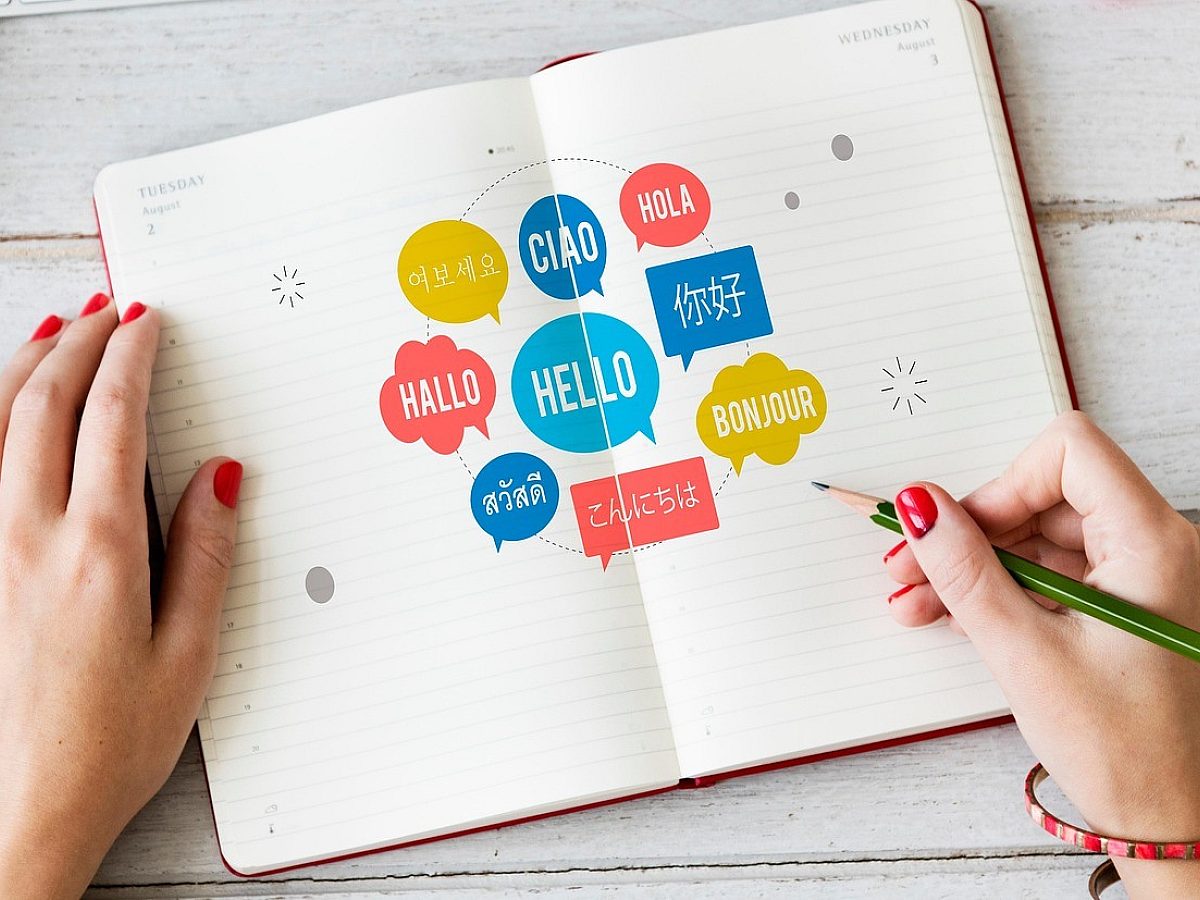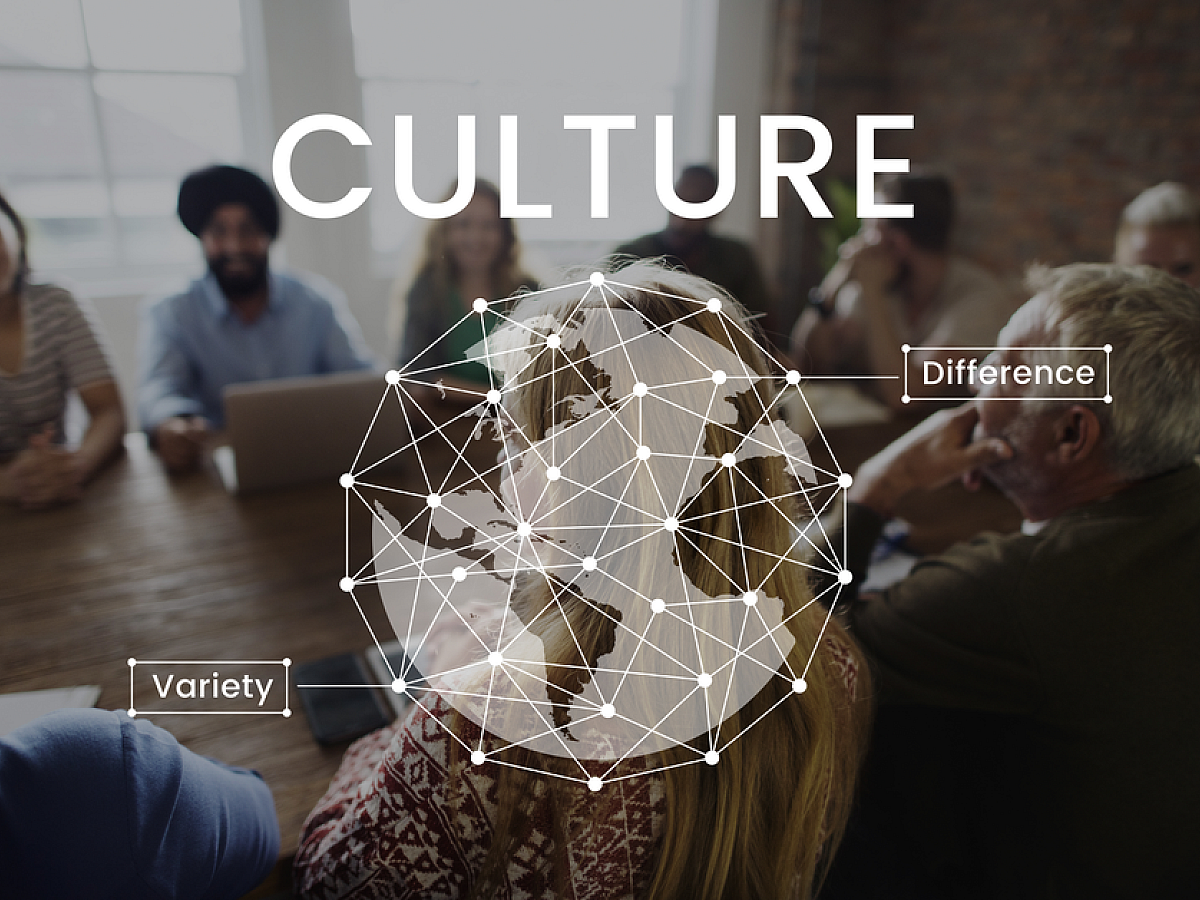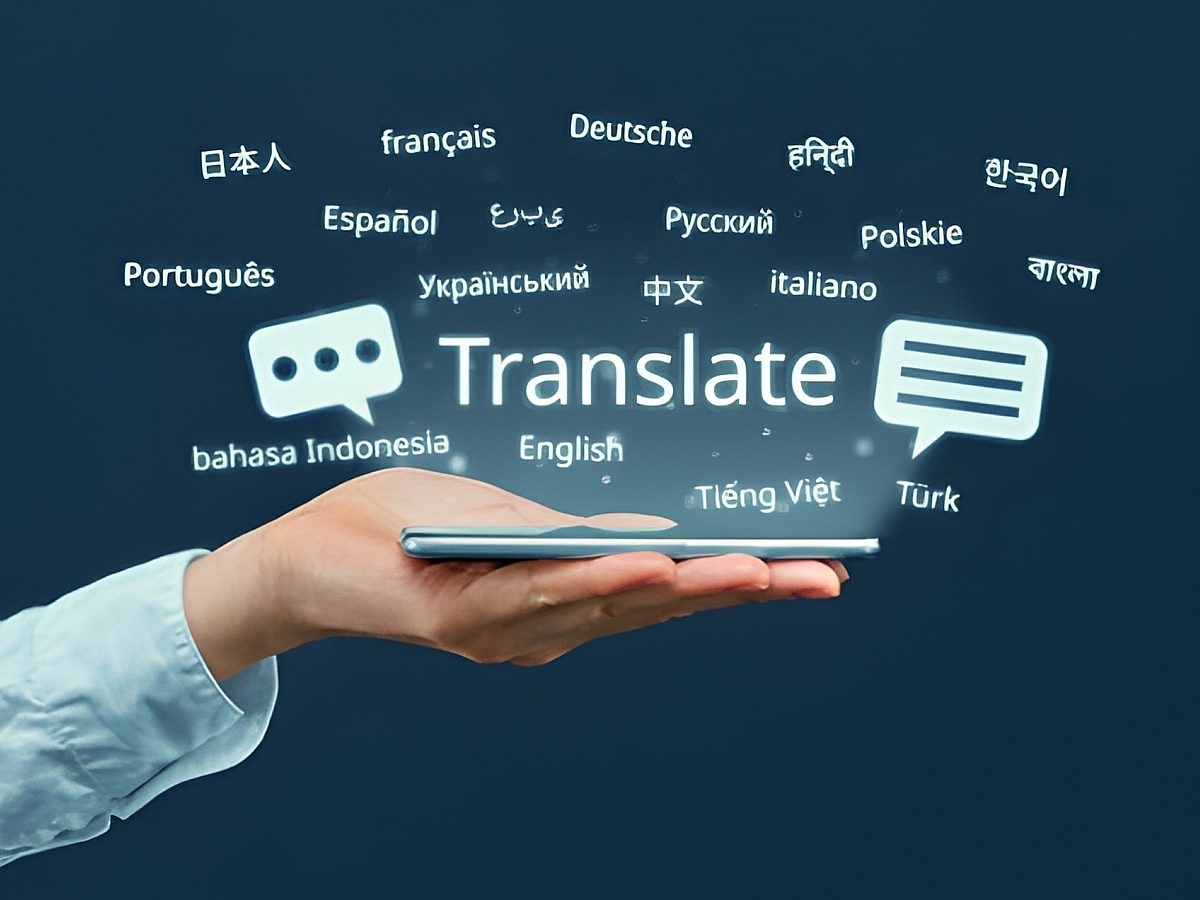In today’s fast-paced global business environment, reaching customers in multiple languages is a must. However, translation that is both fast and high-quality has always been a challenge. This is where the powerful combination of Artificial Intelligence (AI) and human expertise is proving to be a game-changer. As we move through 2025, the fusion of AI-driven machine translation and skilled human post-editing is transforming how companies approach multilingual content. This article explores how this collaboration revolutionizes translation, why it matters for businesses, and how to implement it effectively.
The Growing Role of AI in Translation
AI, especially neural machine translation (NMT), has evolved tremendously over recent years. Unlike older rule-based systems, modern AI translation engines use deep learning to understand context and generate more natural-sounding translations. This technology allows businesses to translate vast volumes of content rapidly, serving everything from product descriptions to user manuals.
AI excels in handling large-scale, repetitive tasks that would overwhelm human translators and take weeks or months. For example, companies with extensive product catalogs, technical guides, or customer support documents benefit immensely from the speed and scalability AI can provide.
Why AI Alone Is Not Enough
Despite advances, AI has limits. The subtleties of human language—idiomatic expressions, cultural references, tone, and emotion—are still challenging for pure machine translation. AI can sometimes produce literal or awkward translations that do not resonate with local audiences or risk damaging the brand’s voice.
Certain content types demand a higher degree of nuance and accuracy than AI alone can offer, such as:
Marketing and creative copy where persuasive tone matters
Legal, medical, and regulatory documents that require precision
User interface text needing context-aware brevity
Cultural and region-specific adaptations that machines struggle to understand
For these cases, human translators bring indispensable skills such as cultural knowledge, industry expertise, linguistic creativity, and critical thinking.
The Hybrid Translation Workflow: Best of Both Worlds
The hybrid workflow combines the strengths of AI with human expertise by introducing professional post-editing after the machine generates a first draft. This method balances speed, cost-efficiency, and quality to fulfill the demands of modern global businesses.
Here’s how it works step-by-step:
Content Segmentation: Determine which content is suitable for AI translation (bulk catalog data, FAQs) and which requires more human touch (marketing pages, legal documents).
Machine Translation: The AI engine produces an initial translation draft rapidly.
Human Post-Editing: Skilled linguists review and polish the AI output, correcting errors, refining tone, and ensuring terminology consistency.
Terminology Management: Use approved glossaries and style guides to keep brand voice consistent and meet industry standards.
Quality Assurance: Final checks confirm compliance with client requirements and cultural appropriateness.
In-market Review (Optional): Native speakers review content to ensure relevance and resonance in target markets.
Advantages of AI-Human Collaboration
Enhanced Productivity and Reduced Costs
By automating the initial translation phase, companies reduce the hours human translators spend on basic conversion. This acceleration shortens turnaround times dramatically and lowers costs, especially for large volumes of content.
Consistent Quality Across Content Types
While AI handles bulk and straightforward translation, human linguists ensure quality for critical materials. This division allows teams to allocate resources effectively without sacrificing accuracy where it counts.
Agile Scaling for Growing Markets
Hybrid workflows enable businesses to quickly launch content in multiple languages and markets, responding flexibly to expanding geographic demands without a linear increase in time or budget.
When to Choose Hybrid Translation
Hybrid translation is ideal for companies with mixed content portfolios:
E-commerce: Large product databases with repetitive descriptions benefit from AI, while promotional materials need human creativity.
Technology and Manufacturing: User manuals and specs can use hybrid processing, saving time but maintaining technical accuracy.
Healthcare and Legal: Where machine translation can handle forms and routine communications, but contracts and patient advisories require expert review.
Media and Marketing: Creative campaigns should be human-translated but supported by AI for multi-language base content.
Implementing Hybrid Translation Effectively
To benefit from AI-human collaboration, follow these best practices:
Define Content Categories: Segment your materials based on required quality and sensitivity to choose appropriate translation methods.
Invest in Qualified Post-Editors: Skilled linguists familiar with industry jargon and brand voice are crucial for effective post-editing.
Maintain Up-to-Date Glossaries: Robust terminology databases ensure consistency across all languages and iterations.
Use Technology for Project Management: Workflow tools integrated with AI engines and human reviewers optimize efficiency.
Continuously Monitor Quality: Establish KPIs such as edit distance, turnaround time, and customer feedback to adjust processes as necessary.
Conclusion: Transforming Translation in 2025 and Beyond
AI is reshaping the translation landscape—but human expertise remains irreplaceable. The smart hybrid approach harnesses the best of both, delivering faster turnarounds without sacrificing quality, cultural relevance, or brand integrity. For companies aiming to grow internationally, adopting AI-human collaboration in their localization workflows is no longer optional; it’s essential.
At Wolfestone, we support clients implementing these advanced workflows to achieve scalability and excellence. To learn more about hybrid translation models, post-editing services, and tailoring solutions for your content needs, explore our resources on the Wolfestone Translation Blog.



